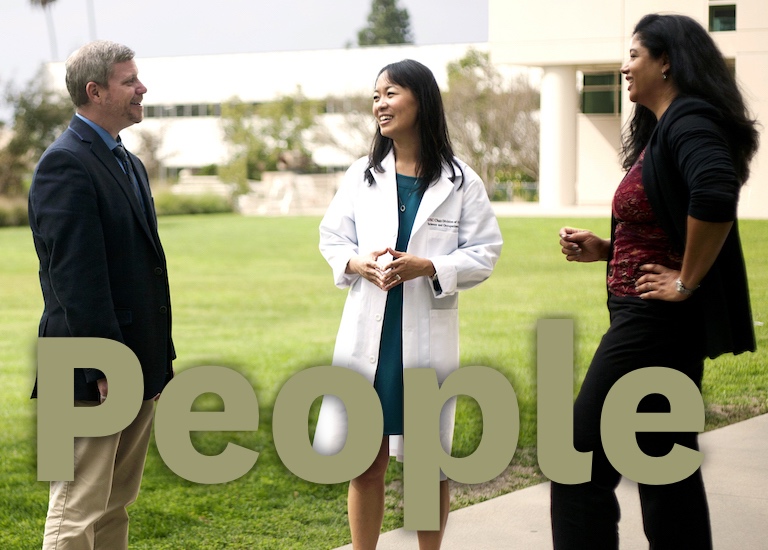Sorry
The page you’re looking for doesn’t exist. Check that the address you’re using is correct. To find your way around from here, use the menus above, the search box at the top of the page, or go to our home page.


People
The People of USC ChanFaculty
Post-Doctoral
Staff
Students
Council
Board of CouncilorsThe page you’re looking for doesn’t exist. Check that the address you’re using is correct. To find your way around from here, use the menus above, the search box at the top of the page, or go to our home page.
USC Chan Division
| Who to contact | |
| Find Us | |
| +1 (323) 442-2850 +1 (866) 385-4250 (toll-free in the US) |
OT Faculty Practice
| Find Us | |
| +1 (323) 442-3340 +1 (323) 442-3351 (fax) |
Social
Information
Request program information![]() Subscribe | RSS
Subscribe | RSS
Chan News
Chan Student Blog
Chan Admissions Blog
Careers at Chan
External OS/OT Jobs
Tools
ACOTE accreditation | NBCOT certification
The USC entry-level master’s degree program (cost of attendance) is accredited by the Accreditation Council for Occupational Therapy Education® (ACOTE®) of the American Occupational Therapy Association (AOTA). The USC entry-level doctorate in occupational therapy (OTD) degree program (cost of attendance) is accredited by ACOTE®. View our program’s ACOTE® standards public data. ACOTE® c/o the American Occupational Therapy Association, Inc.®, 7501 Wisconsin Avenue, Suite 510E, Bethesda, MD 20814, (301) 652-AOTA, www.acoteonline.org.
Professional program graduates are eligible to apply for the national certification examination administered by the National Board for Certification in Occupational Therapy, Inc.® (NBCOT®), nbcot.org. All states require licensure to practice; a felony conviction may affect a graduate’s ability to sit for the NBCOT® OTR certification examination or attain state licensure. Program results from the NBCOT® can be found online at www.nbcot.org/Educators-Folder/SchoolPerformance.



